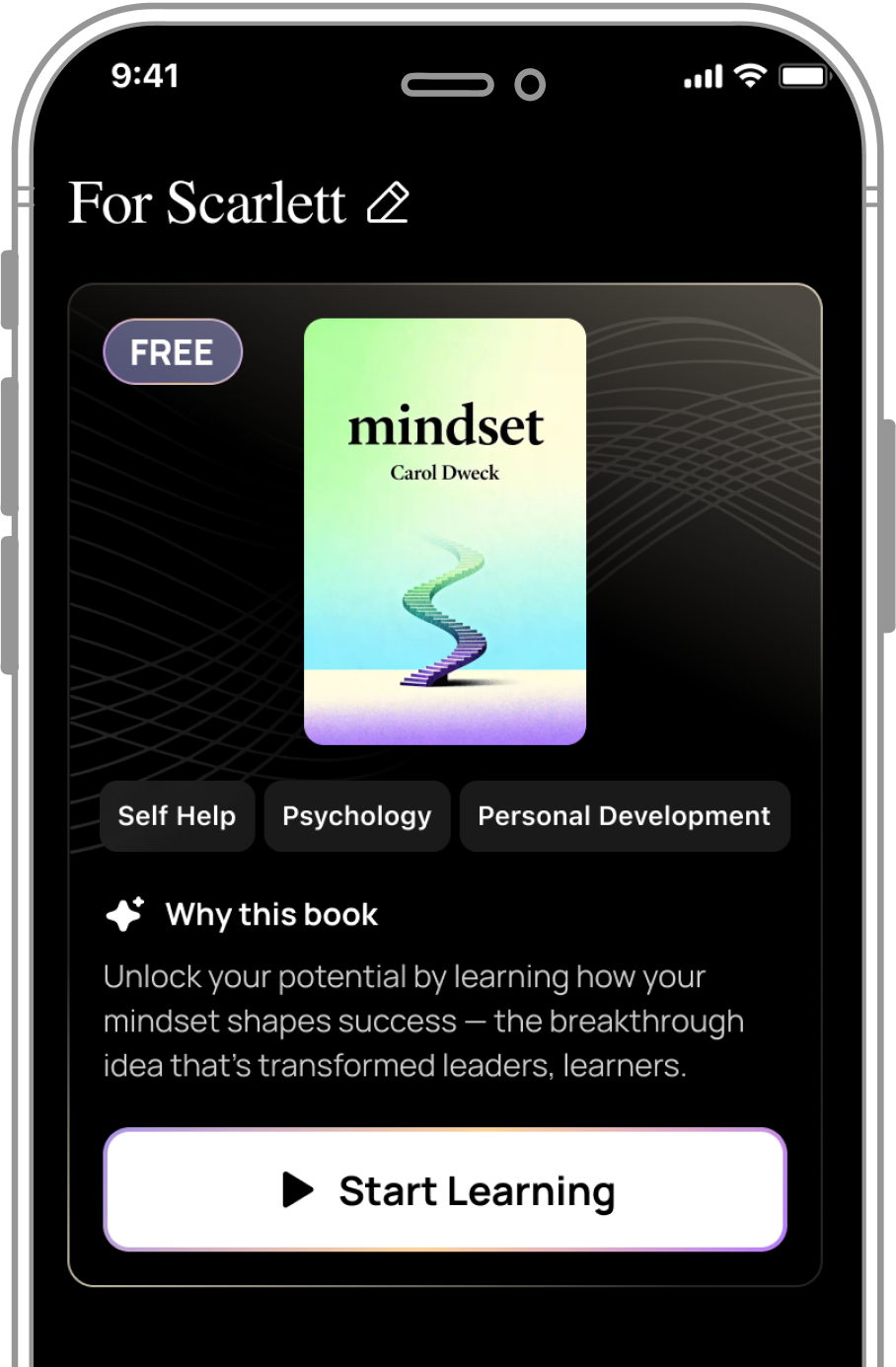What is This Is How You Lose the Time War about?
This Is How You Lose the Time War is an epistolary science fiction novella about two time-traveling agents from opposing factions who fall in love through letters hidden across timelines. Red and Blue are elite operatives fighting to shape history for their respective sides, but their correspondence evolves from taunts to intimate confessions. The story blends romance, espionage, and poetic prose as they risk everything for connection across enemy lines.
Who are the authors of This Is How You Lose the Time War?
This Is How You Lose the Time War is co-authored by Amal El-Mohtar and Max Gladstone. Amal El-Mohtar is an award-winning Canadian writer of science fiction, fantasy, poetry, and criticism whose work has won Hugo, Nebula, and Locus awards. The book became a New York Times bestseller and has been translated into over ten languages, showcasing both authors' collaborative storytelling prowess.
Who should read This Is How You Lose the Time War?
This Is How You Lose the Time War appeals to readers who love lyrical, experimental science fiction with romance at its core. It's ideal for fans of poetic prose, epistolary narratives, and stories that prioritize emotional intimacy over traditional plot mechanics. Readers seeking queer representation, time travel complexity, and literary sci-fi will find this novella particularly rewarding, though those preferring straightforward action may find it challenging.
Is This Is How You Lose the Time War worth reading?
This Is How You Lose the Time War is worth reading for its unique blend of romance, science fiction, and poetic language. The novella won multiple prestigious awards and became a viral sensation, praised for its innovative structure and emotional depth. While its dense, lyrical style requires patient reading, the payoff lies in experiencing one of contemporary sci-fi's most original love stories, told through letters that span countless timelines and realities.
What are the main themes in This Is How You Lose the Time War?
This Is How You Lose the Time War explores themes of forbidden love, identity beyond faction loyalty, and communication as intimacy. The novella examines how connection transcends ideological warfare, questioning whether loyalty to systems outweighs personal truth. Time itself becomes a meditation on impermanence and devotion, while the letters between Red and Blue demonstrate how vulnerability creates revolutionary change in oppressive structures.
How does the epistolary format work in This Is How You Lose the Time War?
This Is How You Lose the Time War uses letters as the primary narrative device, with Red and Blue leaving messages in increasingly creative locations—burned into tree rings, encoded in bee dances, or hidden in lava flows. The format allows intimate character development while maintaining mystery, as readers piece together the world through fragmented clues. This structure intensifies tension since each correspondence risks detection and execution by their respective factions.
What is the writing style of This Is How You Lose the Time War?
This Is How You Lose the Time War features dense, poetic prose that prioritizes lyrical beauty over exposition. Amal El-Mohtar's background in poetry heavily influences the language, creating metaphor-rich sentences that reward slow, attentive reading. The style alternates between Red's and Blue's perspectives, each with distinct voices—Red's more visceral and embodied, Blue's more cerebral and crystalline. This literary approach makes the novella feel more like experimental fiction than traditional sci-fi.
What do Red and Blue represent in This Is How You Lose the Time War?
Red and Blue represent opposing approaches to shaping reality—Red serves the organic, chaotic Agency rooted in biological evolution, while Blue works for the algorithmic, ordered Garden built on computational precision. Beyond faction allegiance, they embody different philosophies about existence and control. Their romance symbolizes synthesis between seemingly irreconcilable worldviews, suggesting that binary oppositions dissolve when individuals prioritize authentic connection over systemic loyalty.
What awards did This Is How You Lose the Time War win?
This Is How You Lose the Time War won the Hugo Award for Best Novella, the Nebula Award for Best Novella, the Locus Award, and the British Science Fiction Association Award. The book's success follows Amal El-Mohtar's previous award wins, including her Hugo, Nebula, and Locus awards for the short story "Seasons of Glass and Iron". These accolades recognize the novella's innovative contribution to science fiction literature and its emotional resonance with readers.
How does This Is How You Lose the Time War explore queer romance?
This Is How You Lose the Time War presents queer love as natural and central, requiring no justification or explanation. Red and Blue's romance develops outside heteronormative structures, with their genders acknowledged but never limiting their connection. The novella treats their relationship as revolutionary not because it's queer, but because it defies totalitarian systems demanding absolute loyalty. This approach normalizes LGBTQ+ love in science fiction while celebrating its power to challenge oppressive frameworks.
What makes This Is How You Lose the Time War difficult to read?
This Is How You Lose the Time War challenges readers with minimal exposition, requiring active engagement to understand the world-building and timeline mechanics. The poetic, allusive language demands attention to metaphor and imagery rather than straightforward plot advancement. Time jumps occur without clear signaling, and the epistolary format provides incomplete information. However, this difficulty rewards patient readers with a richly layered narrative where ambiguity and beauty create emotional impact through suggestion rather than explanation.
How does This Is How You Lose the Time War compare to traditional science fiction?
This Is How You Lose the Time War diverges from traditional science fiction by prioritizing emotional intimacy and literary language over technological explanation and world-building detail. While it features time travel and advanced civilizations, the novella focuses on character interiority and romantic development rather than action sequences or scientific mechanics. Amal El-Mohtar's literary background shapes this approach, creating a hybrid that appeals more to literary fiction readers open to sci-fi elements than hardcore genre enthusiasts expecting conventional structures.








